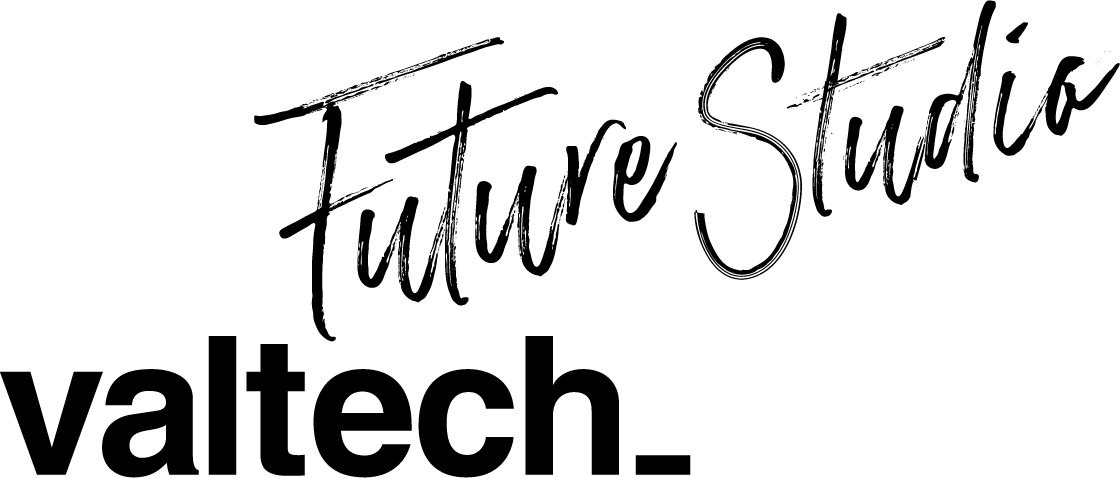Finding the Metaverse Platform That Suits Your Business
Written By Paul VarletImmersive 3D environments are a trending touchpoint for brands to engage with high-value audiences, foster engagement, build community, and leverage untapped value streams.
While many organizations are leveraging current technologies to establish ground in virtual spaces and deploy initiatives such as special events, product launches, virtual consultation, and even to diversify their business by integrating the decentralized economy. It will take quite some time for the metaverse to reach its full maturity. Virtual immersive initiatives can quickly become a costly playground, so it is important to be critical when determining the best course for joining the metaverse.
Parallel to decoding what to do and why, it is important to pick the right platform to bring those experiences to life. The virtual platform market and technology are evolving extremely fast. Therefore, choosing the platform in which to invest efforts can be challenging.
In our previous entry in this new metaverse blog series, we established working definitions for, and examined the history of the metaverse. In this entry, we have identified seven main elements to analyze when evaluating which platform is right for your metaverse strategy. The following elements are not presented in any particular order and could be weighted differently according to your vision and what you are looking to accomplish.
Virtual World Personalization
How deeply you want to personalize your experience is important if you want to craft a neat, branded environment. Indeed, while outlining your strategy, you must identify how personalized and probably gamified you want your experience to be. For instance, Horizon Worlds, is a digital environment in which users can build a space, interact with people, exchange, find the communities they belong in, and even create their own. Users need to have Oculus Quest 2 VR headsets to access this world because Horizon Worlds isn’t open to just anybody: interoperability is not taken into consideration just yet. Horizon Worlds can’t be used on every display or be connected to any other platforms, services or products connected to the decentralized economy.
Decentralization (Web3 Capabilities)
According to our definition of the metaverse published in the previous article, a true metaverse should be connected to the decentralized economy. Platforms like Decentraland enable users to participate in this economy through the Ethereum blockchain. By connecting their crypto wallet, users should be able to purchase and own part of those worlds and potentially generate revenues out of it.
DAO’s (decentralized autonomous organizations) will most likely become more and more powerful in the years to come as a pure representation of the philosophy of the third iteration of the WEB. The community of an organization (clients, potential clients, partners, etc.) could get tokenized assets (such as voting rights) and participate in specific activities of an organization. DAOs are regulated on the blockchain thanks to well established smart contracts and a precise governance.
User Experience
Some customizable 3D environments with media and social features, such as Odyssey, offer free (for the user) experiences that are more realistic than others. On these platforms, avatars can try on clothes, talk with people and interact in an environment that feels very similar to the real world (if the desire is to make it hyper realistic). The user experiences and the enablement of different interactions varies a lot depending on the platform; checking what is out of box, needs to be developed or simply is not available and will not be is crucial while deciding where to go. Other platforms reaching a specific audience exist, like Roblox and Decentraland. They have more of a gamified look and feel.
“Each virtual world has a different set of experiences and opportunities that greatly impact the consumers they attract and the mindsets that consumers have within them. For example, only 18% of Roblox visitors recall spending their time on creative endeavors such as customizing their virtual space as opposed to 55% of Animal Crossing visitors. Brands should take time to understand the virtual world they are creating in and the mindsets that consumers bring to them before developing experiences there.”
— Hayley Sikora, Creating Engaging Customer Experiences in Virtual Worlds
Platforms and Devices Supported
Acknowledging if the space is accessible on the web through desktop, tablet, phone and also in VR (with which headset) can inform the way the experience will be created and thought of too. For instance, it is important to know if the space is accessible without having to download an app or if it requires a specific browser. Some new technologies are being used more and more like Pixel Streaming which enables high-quality rendering on the Web of 3D assets. However, all of those new technologies still have limitations. For example, Pixel Streaming can be quite expensive since server computing power is needed, which in turn means the offering is less sustainable.
Spatial.io enables creators to display their art and NFTs in an immersive space that you can either experience on the Web or with a VR headset. Personalization features are still quite limited, but the workflow to create your own 3D immersive environment is fluid. Those platforms which have a strong purpose are not the ones in which you will create personalized interactions with your consumers. Some other platforms like Roblox do not let you live the experience just through a web link, you must download an app, which might cause you to lose out on reaching a large audience. However, it also gives you the opportunity to target a very loyal audience. Look at the impressive Vans World skate park in Roblox.
Navigation
The way the user will navigate in the space can present multiple different options and affect different features of your experience. In the metaverse, users are not in a physical world, so they could walk, run even fly and teleport to navigate the space. Platforms such as Journee propose immersive 3D environments that load fast in which users can fly, teleport in one click and even attend a concert.
“Brands should use this opportunity to help consumers discover the story of the brand in ways they never could before. However, keep in mind that when navigating new experiences, users lean on familiar cues to successfully engage. Balance novelty with familiarity to reduce the learning curve associated with your space.”
— Hayley Sikora, Creating Engaging Customer Experiences in Virtual Worlds
Technical Feasibility
This is about enablement. In this part, we would analyze how secured the space is, what SDK is being used, the multiplayer limit, the integration with other platforms (chatbots, data management, Ecom, CRM, payments, etc.) or even hand tracking. Determine the technical feasibility of your vision and adjucate which platform could offer you most of what you expect. Many new solutions are joining this booming market, for example the UnrealOs offer is a new fully integrated solution to create customs metaverse using web3 technology. This first version using Pixel Streaming seems quite promising.
7. Pricing Structure
Pricing structures differ from one platform to another. Some of them require building or renting lands, like Decentraland or Sandbox. Some will be free with certain limits placed on which features you can access like spatial.io, and others will propose a recurring fee like odyssey with a variable hosting cost. You can even find companies who charge you by the number of users and visitors. The pricing structure is quite complex for certain platforms and needs to be thoroughly analyzed prior to making any decision. Once again, it all depends on your strategy, what you want to accomplish and what you are expecting from building those experiences.
It’s important to note that there may not be one unique metaverse to explore.
Many other technologies and worlds are being created as you read this piece. Some others worth mentioning are considered pillars and leaders in the metaverse field. Indeed, we cannot forget about the gaming industry and the impressive multi-user interactions its built. They also were pioneers in neat chats, spatial audio, 3D environment experiences and many other features in the immersive experience field.
Let’s think of Fortnite or Animal Crossing. The communities they gather are quite important. Travis Scott and their successful concert or Louis Vuitton and their special skin collection on Fortnite remain ground-breaking experiences.
There’s More to Consider Beyond Platforms
Creating experiences that reach your audience is important, and the platforms presented here are some of the best ways to accomplish that. However, there’s more to consider when planning your entry to the metaverse than just which platform is best. And there are considerations to be made that will even help you in choosing the best platform to meet your specific needs.
Researching where your audience is active, and the number of active users will definitely be part of how you determine where to build your environment. Equally, the message you want to convey is extremely important, and how to best convey that message is the type of consideration that might lead you towards one platform over another. Is your message more serious in nature, and therefore does it require a more realistically rendered world? Or might something fun and animated suit your purposes more? The values, motivators and the type of content that will be shared within your community is the “why” behind your environment and the fertilizer that will create active users within your target audience. You have to give proper consideration to these topics even before choosing a platform.
However, once those considerations have been made, it’s easy to see that there is already a large collection of platforms available with different features to help meet your needs. Additionally, we see other players already building their own universes in which users can walk, talk and live a gamified experience. They are testing learning about their community in real time, and adapting their metaverses to those learnings.
More platforms will come, and one question facing companies today is whether they’re ready to meet the need when the time comes. Contact us today to see if your brand is ready to build out your first metaverse experience.
In addition to whether companies are ready to enter the metaverse, there’s the question of how ready users are to participate. For more information on the mental shifts needed to keep make the metaverse a viable option, stay tuned for the final entry in this metaverse series.
Valtech combines a unique blend of retail, themed entertainment, and connected experience strategy expertise that positions us perfectly to help brands imagine and design intentional experiences in virtual worlds. Reach out if you want help determining the metaverse strategy that is right for your brand or designing an experience that will leave a lasting impact on your target audience. We look forward to hearing from you!

